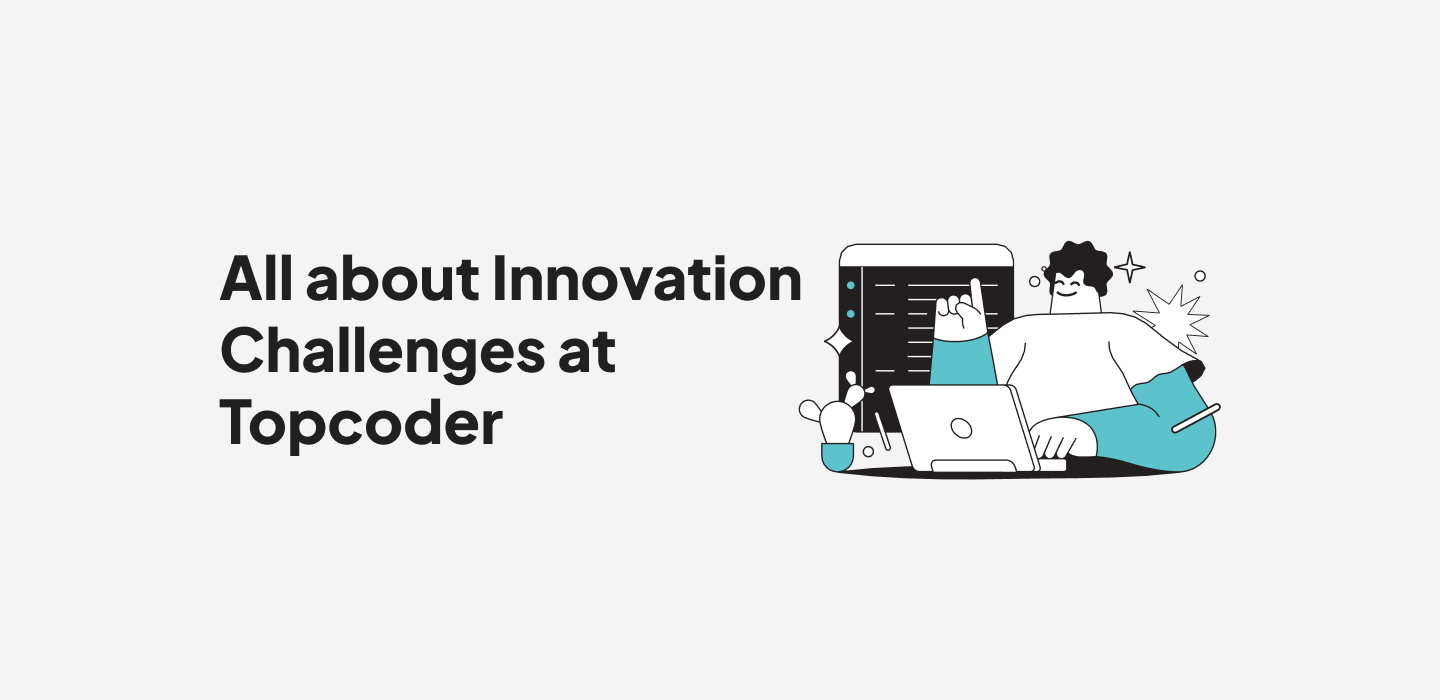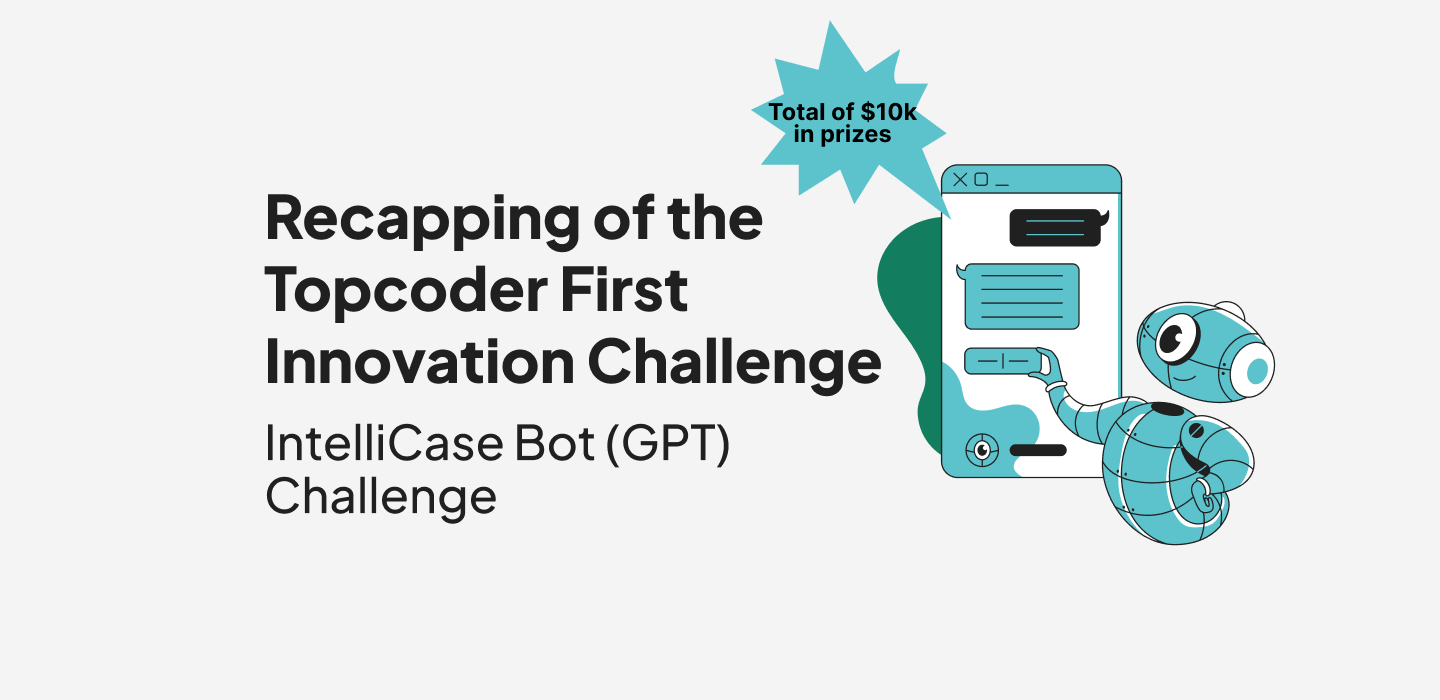October 9, 2017 Why the Most Innovative Companies Collaborate with Remote Talent
With the evolution of cognitive technologies like AI and the shift toward more remote work, the way businesses and people work has changed. While many of today’s most successful enterprises — companies like GE, HPE, and IBM — have no shortage of in-house talent, they recognize that they can get more done faster by adding to their talent roster in nontraditional ways. And as new technologies emerge, so does the need to change the way companies think about remote talent — starting with new work models, like crowdsourcing.
Hybrid crowd: your experts meet ours
Through crowdsourcing, Topcoder enables businesses to tap into 24/7 talent, leverage new technical skills, and experiment with more ideas quickly. And more recently, our global crowd of over one million members has become more inclusive. We’ve recently introduced the concept of a hybrid crowd, which combines the Topcoder Community (i.e., public community) and our customers’ own employees, vendors, and contractors (i.e., private community) — or any combination of those. This way, businesses are better able to stay current with emerging skills and technologies by tapping into the public community, but can also easily connect and leverage their own internal experts for crowdsourced projects.
And in addition to the public and private communities, there’s also a certified community: a subset of the public community that’s curated specifically for a client, by marketing to Topcoder Community members who routinely work with a client and are capable of providing a broader range for more sensitive projects. This venn diagram, though complex in theory, is really quite simple in execution: projects are atomized through Topcoder, and then passed to these unique communities as smaller challenges in order to optimize delivery speed, guarantee quality, and improve productivity.
Crowdsourcing and the gig economy
Crowdsourcing is fundamentally different from other methods companies have used to get work done for decades. Traditional models push tasks out to employee, contractors, and vendors, and those parties are generally paid based on hours, not output. But crowdsourcing doesn’t push; it pulls. Only the most talented individuals deliver the highest quality outcomes, and they’re paid for winning submissions, not hours worked. And because we have high-profile clients, our security provisions don’t end at a signed contract. We put multiple security measures put in place to protect our clients and members.
Though security concerns aren’t going anywhere, the gig economy is beginning to change the way companies make buying decisions around it. More and more businesses are looking toward flexible models of work to find the right technical talent for the right technology project, with more than a single NDA as a precaution. Crowdsourcing also helps companies counteract time-consuming, costly onboarding and employee turnover. They can act on their initiatives with new remote talent by tapping into new skills, eliminating time constraints, and innovating beyond initial ideation.

This article was originally published on the Global Business Intelligence blog. See Matt Needham discuss crowdsourcing and on-demand design and development talent at the CIO Event: Ascot Racecourse in London, October 12-13th.
mneedham


